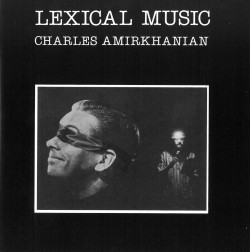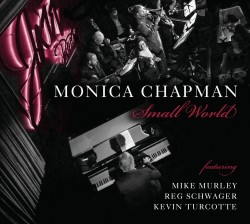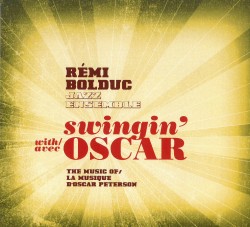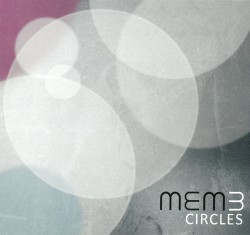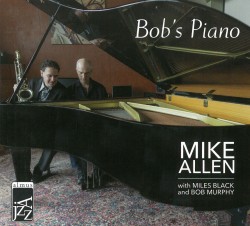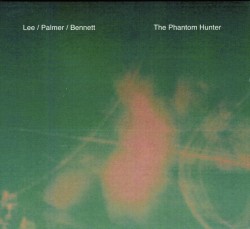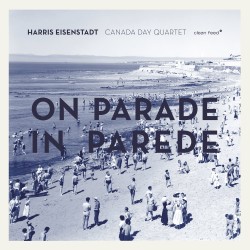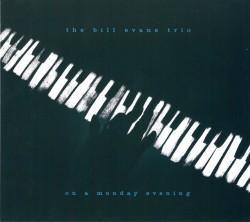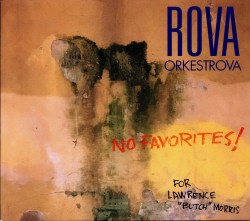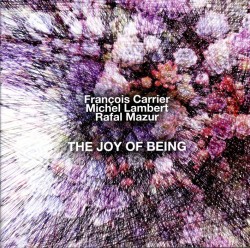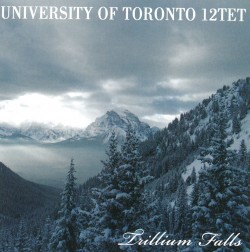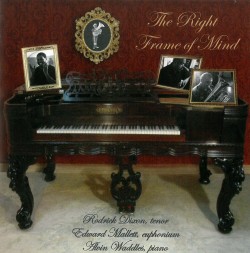Rory Boyle: Music for clarinet - Fraser Langton; James Willshire; Trio Dramatis
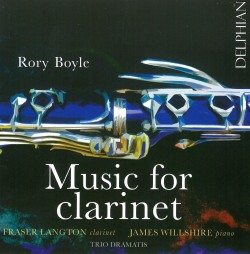 Rory Boyle – Music for clarinet
Rory Boyle – Music for clarinet
Fraser Langton; James Willshire; Trio Dramatis
Delphian DCD43172
Composer Rory Boyle should be a better-known quantity than he is. Music for Clarinet, presented by Fraser Langton on clarinet, (with pianist James Willshire and violist Rosalind Ventris) on the Delphian label, frames Boyle as creative and crafty, thoroughly versed in the capacities of the instruments, free to generate an easy and broad spectrum of mood and character. Boyle’s modest bio in the liner notes hints at what his music makes explicit: he is a musician who became a composer by thorough study and application, with commendable results.
Listen to the aptly named Burble (2012), a brief and hilarious bit of nonsense for solo clarinet. Part mad dramatic monologue, part exploration of the extremes of range, volume and articulation, loaded with fascinating extended techniques, not a single second of these seven-plus minutes is wasted. Tatty’s Dance (2010) is a lyrical and loving ode to the composer’s wife, reworked as a duet from the original for solo piano. Dramatis Personae (2012) gives a compelling psychological triptych portrait in sound, in a three-movement sonata form. Earlier works (the Sonatina and Bagatelles both date from 1979) show the composer influenced by structural classicists like Paul Hindemith. Arthur Honegger is evoked in the final work, Di Tre Re e io (2015), a challenging and substantial trio that draws reference to that composer’s Fifth Symphony.
Throughout, the performances are rewarding and equal to the composer’s musical demands. For the most part I felt the sound engineering was perfect, but on my system the mic placement for the trio seemed to put the voices into distinct rooms rather than enhance the blend.


